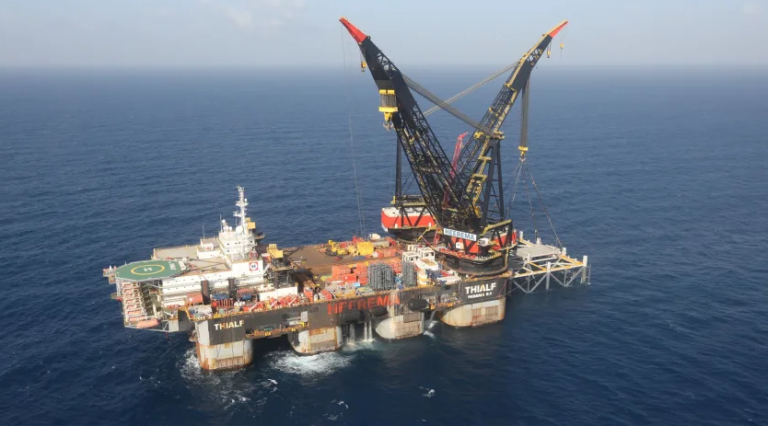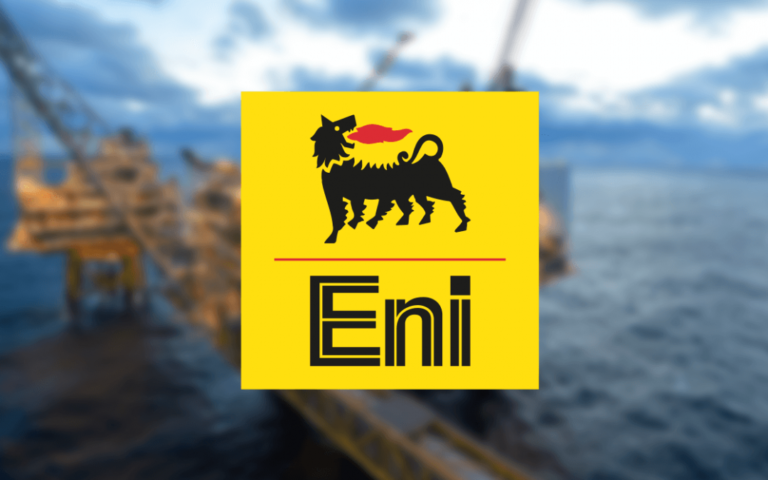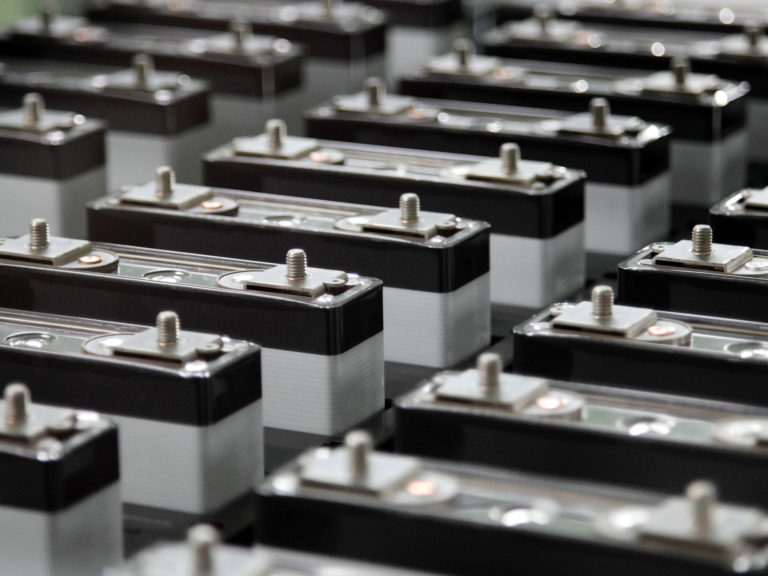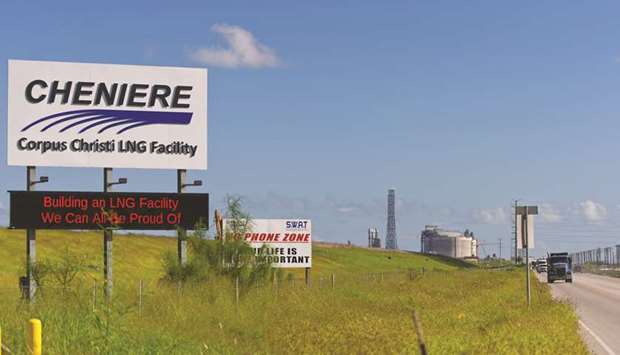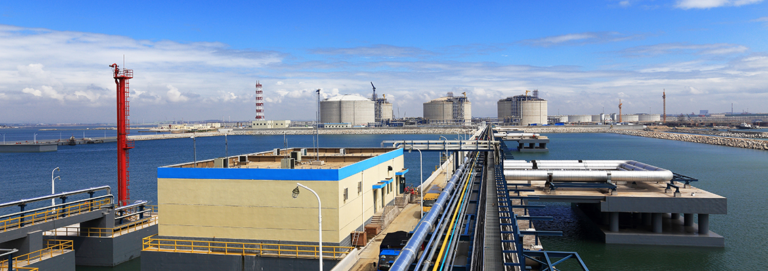Spot deals make up more of global LNG market as sellers get flexible

Reuters Singapore
Spot trades and other short-term deals are making up more of the transactions in the global liquefied natural gas (LNG) market as producers in the US and Russia offer more flexible volumes and traders increasingly handle cargoes.
Spot and short-term LNG trades, defined as cargoes delivered through contracts of four years or less, made up 32% of overall import volumes in 2018, up from 27% of imports in 2017, the Paris-based International Group of LNG Importers (GIIGNL) said last week in its annual report.
Cargoes delivered in less than three months from the transaction date increased to 25% of the market in 2018, compared with 20% in 2017, the GIIGNL said.
“For LNG importers, long-term partnerships, destination and volume flexibility as well as the ability to optimise or arbitrage between Asian and European markets remain key,” said GIIGNL president Jean-Marie Dauger in an emailed statement.
“In China, in India and South East Asia, in particular, LNG’s environmental benefits and its versatility make it particularly attractive as a destination fuel for thermal power generation and co-generation, in the industrial and commercial sectors as well as in a growing variety of fields like marine and road transportation.”
Australia was the biggest exporter of spot and short-term volumes in 2018 as new projects in the country started up, followed by the US and Qatar, the GIIGNL said.
The three biggest LNG importing countries — Japan, China and South Korea — absorbed just over half of the global spot volumes traded, while India’s spot purchases increased as its natural gas demand growth exceeded domestic production, the group said.
Re-exports also increased due to better arbitrage opportunities.
Overall, the global LNG market grew by 8.3% from the previous year to nearly 314mn tonnes in 2018, more than three times the size of the market in 2000, GIIGNL said.
That was the third-largest annual increase after 2010 and 2017.
The market is likely to reach a tipping point this year, with many long-term contracts starting to expire and as new supply comes on stream, Dauger said, adding that the industry needs to become more innovative and efficient in trading.
GIIGNL has 81 member companies headquartered in 26 countries and handles more than 90% of global LNG imports.

